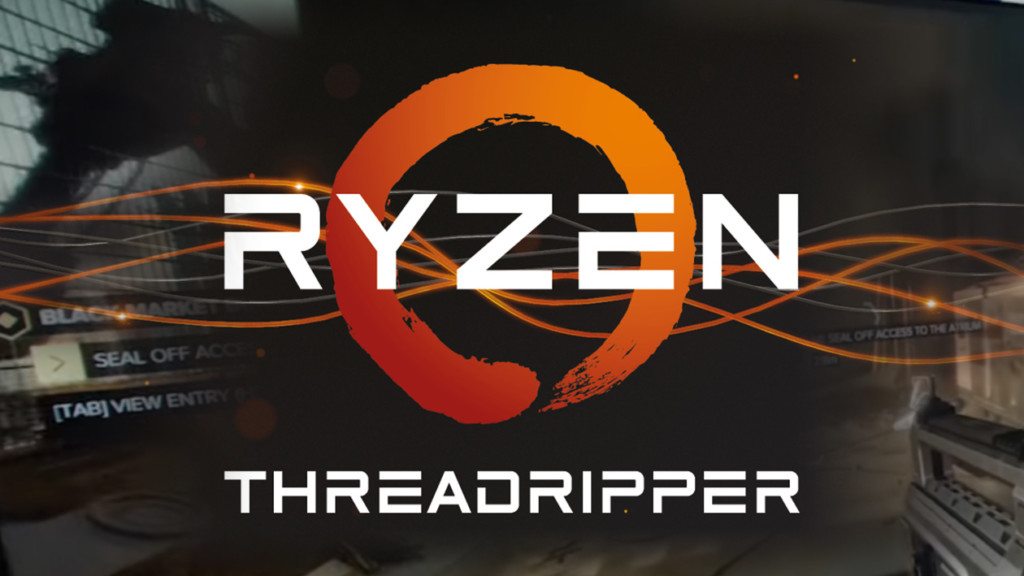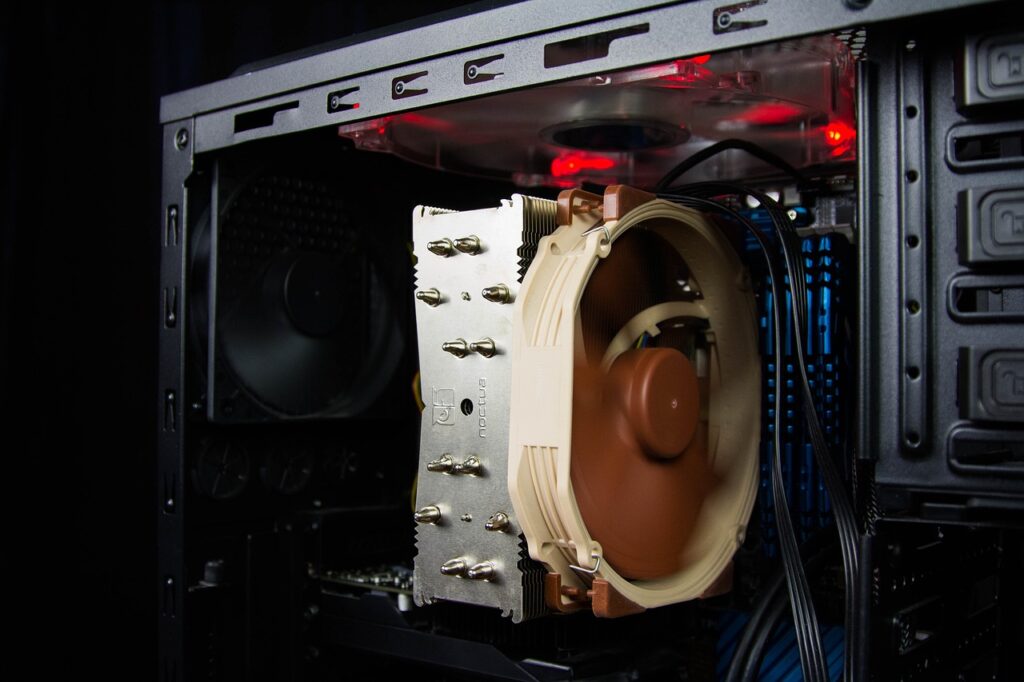I’ve been involved with a lot of amazing products over the years and one thing that is almost always the case with an amazing product is that it doesn’t go through the normal product development path. More often they come from “Skunk Works” type efforts – people that go off and create something amazing because no one told them it was impossible, or where one or more people, on their own time, flesh out an idea and drive it through management, or they come from a startup that rises up to scare vendors who believed that what the startup did was impossible or stupid.
The iPod was a full breach from Apple’s normal development process. One of the most impressive gaming machines – the HP Blackbird – was created by an engineer on his own time. Both the Tesla and the iPhone flew against industry beliefs that electric cars and entertainment focused phones had been tried and were stupid. AMD’s Threadripper wasn’t a formally planned product, either – it was created by a team of enthusiasts in AMD that bucked the process and created something amazing.
Let’s talk about Threadripper and both why most products aren’t exciting and how exciting products often come to be.
Big Company Approach
One of the things you quickly learn in a large company, particularly a multi-national is that there are typically more people telling you that you can’t do something innovative and creative than there are people that support the effort. This is because, typically, the more people you have working on something the more rules focused you become and the more managers and attorneys who don’t want to rock the boat end up in charge of critical processes.
Corporate attorneys seem to quickly learn that it is far safer and a ton easier to say no because there is virtually no risk of being wrong. However, that is increasingly a false belief because information is flowing more freely now and another company taking a different more successful position can highlight the “No” focused attorney or manager as a company liability. For instance, Microsoft’s legal team kept them from copying iTunes playlists for Zune, effectively killing the product but both Google and Amazon did the same thing with no major repercussions.
In these large firms’ product groups tend to be several layers removed from customers and it isn’t uncommon for these groups to create product that they themselves would avoid buying. There is the story of the GM CEO who looked out in the corporate parking lot and got upset because all he saw were Toyotas. Rather than ordering better cars more like Toyotas be built, he ordered the GM employees to buy GM cars – completely misunderstanding the problem which was that the GM employees, even with employee discounts, liked the Toyotas better. The problem wasn’t the lack of executive direction it was that, at the time, GM cars truly sucked.
This speaks to how most products are created. They are conceived by people who mostly wouldn’t use them, funded by people in finance that don’t understand the market, and then sold by sales people based on false information that this is what customers want. Not only is this approach lacking in “fun” it tends to result in products that increasingly consumers don’t want to buy because actual consumer interest and any passion are omitted from the process.
AMD Threadripper
Threadripper, like many hot products, was created by enthusiasts inside AMD who wanted a kick ass product with a massive number of threads. At the heart of the effort weren’t a bunch of executives wanting to maximize margins, but rather a bunch of gamers and engineers who wanted something that fulfilled their individual passions. Like products that typically come out of Skunk Works efforts or startups, Threadripper was born from passion not spreadsheets, and then pitched to an executive staff that was willing to prioritize passion over bean counters. This group of internal AMD enthusiasts worked for about a year before they took the concept to management.
Marketing executive John Taylor, General Manager Jim Anderson, Product Manager James Prior, and communications folks like Sarah Youngbauer got behind the project and CEO Lisa Su immediately got excited about and backed the effort. At a typical large company, the legal department would have had a cow over the brand, product managers would have blocked it for not coming out of their groups, and the folks that typically isolate the CEO would have kept it off the CEOs desk. It would have died much like both the Microsoft and Palm iPhone-like efforts died, the Microsoft iPad died, and the OS competitor to DOS died in IBM.
Wrapping Up: Products Need Passion
Products need passion, not just because users often catch that passion and then drive the product to success much like they did the iPod, iPhone, initially the iPad and now Threadripper, but because passion is fun and who wants to work on something that isn’t fun? Building products driven by finance or management seems less risky but it also results in tepid offerings that often underperform market opportunities and are just dull to manage and work with.
Sadly, Threadripper type products are more the exception than the rule and you see them out of startups built around them far more often than large companies where they are more feared than desired. This is often why startups, while often requiring far more hours, are generally a ton more fun.
Even the name “Threadripper” brings a smile to my face and even though the odds are against any AMD product, demand for this one appears to be off the charts. That’s what passion does and I think we need a ton more of it in our lives.
- Intel Vision: How the AI Wave Could End the Wintel Age - April 12, 2024
- With AI, Communication Skills Become Vastly More Important - April 5, 2024
- HP mt645 G8: The Rebirth of the Thin Client - April 1, 2024




Comments are closed.